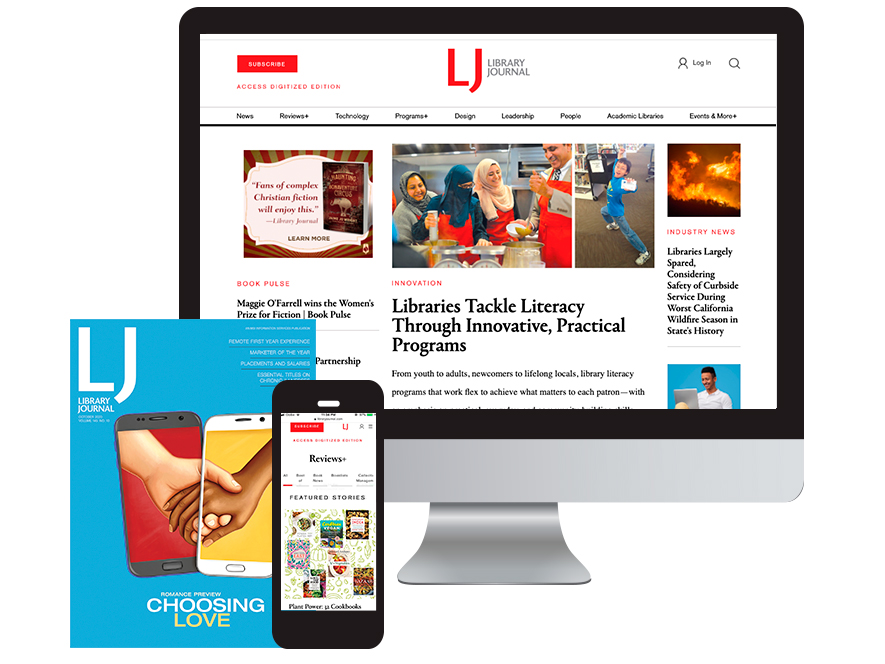Eight Fun Facts About Bibles at OUP
Bibles have had a long history at our Press; in fact, Oxford’s Bible business made OUP a cornerstone of the British book trade, and, ultimately, the world’s largest university press. When you’ve been in the Bibles business for this long, you’re bound to have some interesting anecdotes.


OUP Bible Library, OUP Archives, photo by Joseph Kennedy.
Bibles have had a long history at our Press; in fact, Oxford’s Bible business made OUP a cornerstone of the British book trade, and, ultimately, the world’s largest university press. When you’ve been in the Bibles business for this long, you’re bound to have some interesting anecdotes. Read on for some fun facts in the history of Bibles at OUP.
1. OUP has been printing Bibles for over 300 years
In 1636, Archbishop Laud, Chancellor of the University, obtained the right to “print all matter of books” from Charles I. However, for a generation, Oxford signed away its right to print Bibles to the Stationers’ Company of London. In 1675, under John Fell, the currently unbroken tradition of Bible printing in Oxford began with the quarto bible.
2. Home of the Vinegar Bible
The infamous “Vinegar Bible” was printed by OUP in 1717, when the chapter heading of the Gospel of Luke, Chapter 20 was printed as “The Parable of the Vinegar” instead of “The Parable of the Vineyard.”

Photo by Victuallers. CC BY-SA 3.0 via Wikimedia Commons
3. The birth of Bible paper
Oxford was the first Bible publisher to refine the use of really thin, strong paper, called Oxford India paper. Running about 1,000 pages per inch, Bibles using this paper were known for their portability and lightness.
4. Not so interdenominational…
While we produce numerous Catholic Bibles today, this wasn’t always the case. When it was suggested in 1895 that we should produce a Roman Catholic Bible, the Press Delegates responded that they did not “think it desirable that such a work should be issued with the University Press Imprint.”
5. The New York office owes its existence to Bibles
Bibles played a huge role in the existence of OUP in the USA. The Press opened the New York office in September 1896, primarily to facilitate sales of Bibles in the US market.
6. 100 years of annotated Bibles
Oxford’s history of annotated Bibles goes back to 1907, when we signed Cyrus Ingersoll Scofield to create a new bible product for the Press. What was eventually called The Scofield Bible introduced a new system of cross-references, or connections between one Bible verse and another on the same topic or using similar wording. It was also the first Bible to publish commentary on the same page as Bible text.
7. A coronation Bible too heavy to carry
While we’ve produced Bibles for several coronation ceremonies (including the upcoming coronation of King Charles III), we had to produce two for the Coronation of George VI in 1937. The first, a particularly extravagant Bible, proved too heavy to carry and had to be replaced at short notice by a smaller bible. The Archbishop of Canterbury, Cosmo Gordon Lang, was “very sorry” that all the care OUP had taken had “brought about these complicated problems” but added, “I cannot but wish that you had given some more consideration to the physical infirmities of those who would have to carry it.”
8. A Presidential connection
On 20 January 2009, Barack Obama was sworn in on an Oxford bible that was previously used for the swearing in of Abraham Lincoln on 4 March 1861. Because the Lincoln family bible had not yet been unpacked after the famous 10-day train trip across the country, the sixteenth president of the United States was sworn in on an 1853 Oxford KJV, which had been borrowed from (or purchased specially by, according to some accounts) William Thomas Carroll, Clerk of the US Supreme Court.

Public domain image via Wikimedia
Alyssa Russell is a marketing manager at Oxford University Press.
SPONSORED BY
RELATED
ALREADY A SUBSCRIBER? LOG IN
We are currently offering this content for free. Sign up now to activate your personal profile, where you can save articles for future viewing










Add Comment :-
Comment Policy:
Comment should not be empty !!!